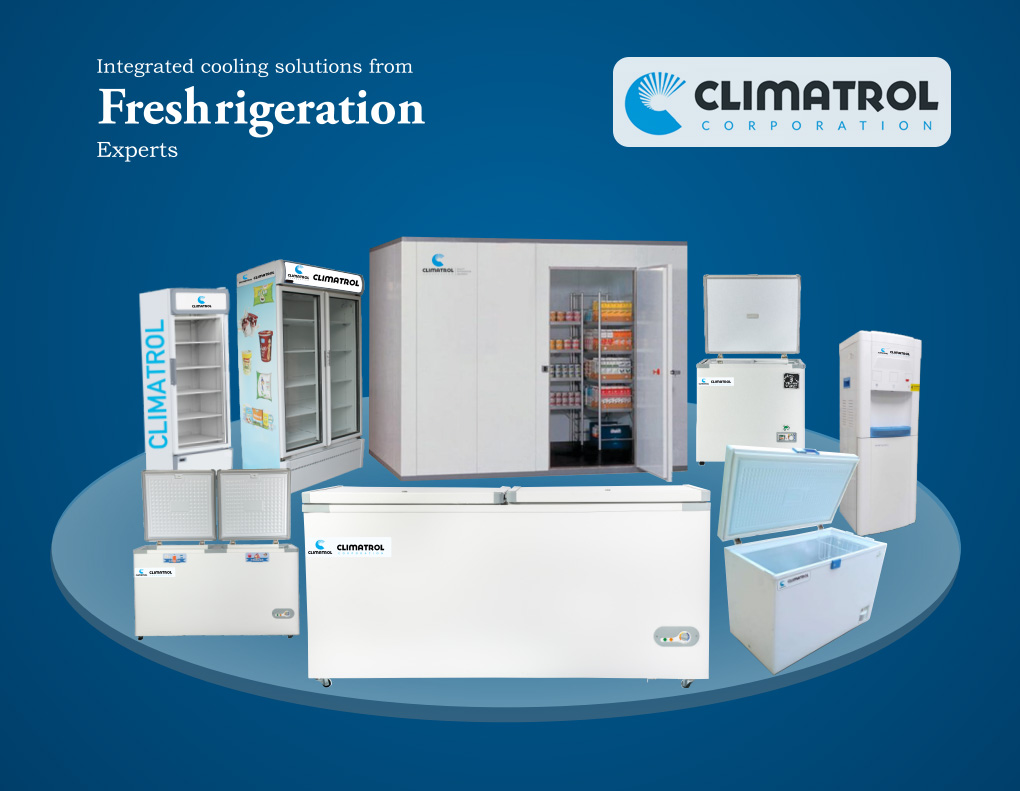Cold rooms, those temperature-controlled havens for perishable goods, are essential across industries, from food and pharmaceuticals to flowers and chemicals. But how exactly do these vital units come to life? Let’s delve into the fascinating world of cold room manufacturing, exploring the intricate process that transforms raw materials into controlled environments.
Building the Foundation: Design and Planning
The journey begins with a thorough understanding of the client’s specific needs. Factors like desired temperature range, product type, volume requirements, and available space are meticulously considered. Specialized software assists in designing the optimal layout, ensuring efficient airflow and proper insulation.
Panel Power: The Building Blocks of Insulation
The heart of any cold room lies in its insulated panels. These prefabricated modules, typically made of galvanized steel or aluminum, are sandwiched with a core of high-density polyurethane (PU) or polystyrene foam. Advanced manufacturing techniques ensure precise dimensions and airtight joints, minimizing heat transfer. Depending on the temperature requirement, panels with varying thicknesses and densities are chosen.
Precise Production: Cutting and Assembly
State-of-the-art CNC cutting machines slice the panels to exact specifications, guided by the pre-designed layout. Automation plays a crucial role in ensuring consistency and reducing errors. Once cut, the panels are meticulously assembled using specialized interlocking mechanisms, creating a seamless and leak-proof structure.
Doors that Lock in the Chill: Specialized Entryways
Cold room doors are more than just access points; they are vital barriers against heat gain. Geared with heavy-duty hinges, magnetic gaskets, and even self-closing mechanisms, they minimize air leakage and maintain the desired temperature within. Specialized insulated glass doors offer visual access while upholding thermal integrity.
The Cooling Heart: Refrigeration Systems
The key to maintaining a consistent temperature lies in the refrigeration system. Depending on the room size and temperature requirements, various options come into play, including compressors, condensers, evaporators, and control systems. These components work in tandem to remove heat from the interior, ensuring the optimal environment for stored products.
Beyond the Basics: Additional Features and Customization
Modern cold rooms can be equipped with a range of additional features to optimize performance and convenience. These include:
- Flooring: Specialized non-slip, hygienic flooring ensures safety and ease of cleaning.
- Lighting: Energy-efficient LED lighting provides visibility while minimizing heat generation.
- Monitoring Systems: Real-time temperature and humidity monitoring systems provide valuable insights for proactive management.
- Shelving and Storage Solutions: Customized shelving and storage solutions maximize space utilization and product organization.
Quality Assurance: Rigorous Testing and Certification
Before leaving the factory, each cold room undergoes rigorous testing to ensure compliance with industry standards and client specifications. This includes leak detection tests, temperature control checks, and operational assessments. Certification from independent bodies further guarantees quality and peace of mind.
From Factory Floor to Final Destination: Installation and Service
The final stage involves on-site installation by trained technicians. Proper assembly and integration with existing infrastructure are crucial for optimal performance. After installation, ongoing service and maintenance ensure the long-term efficiency and reliability of the cold room.
The manufacturing of cold rooms is a complex process that requires a blend of engineering expertise, specialized materials, and meticulous attention to detail. From the precise construction of panels to the integration of advanced cooling systems, each step plays a vital role in creating reliable and efficient environments for safeguarding valuable products. As technology evolves and sustainability concerns grow, the cold room manufacturing industry continues to innovate, ensuring that these vital units remain at the forefront of temperature-controlled storage solutions.

